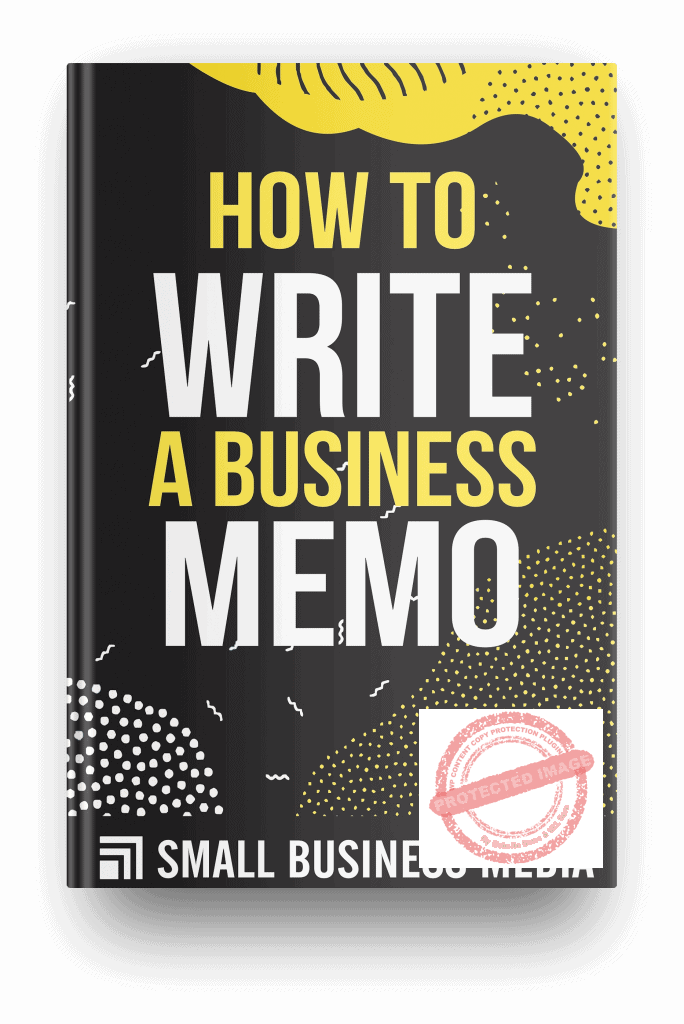Looking for a good method to communicate work information, tasks and activities within your organization? Then, what you need is a business memo. This article will show you guidelines on how to write a business memo for smooth business operations.
A business memo is a brief document that typically contains important or urgent information.
Most times, it is sent from one person to another person or a group of people within a company.
An effective memo must be:
- Concise,
- Easy to navigate, and
- Direct to the point.
A business memo is one of the means of effective communication between business associates or partners.
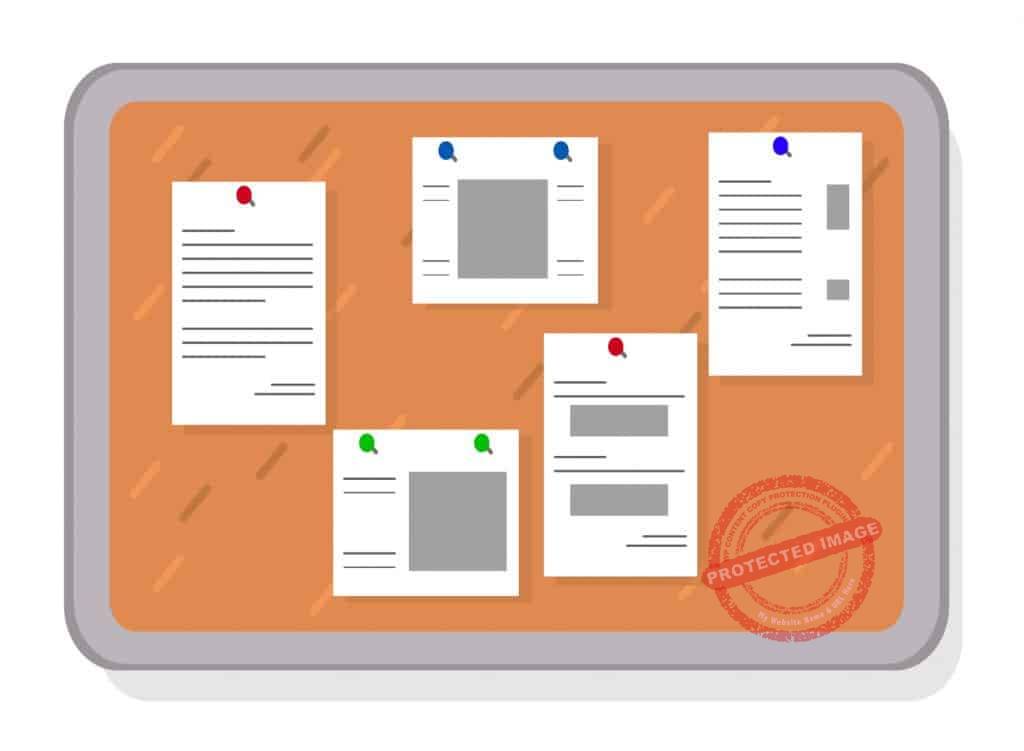
Business memos are typically less formal than business letters, but the tone should be kept professional nonetheless.
Oftentimes, the objective of a business memo is to inform the recipient(s) of an existing problem and suggest a resolution.
In other instances, it may be used as a means to provide reports, request facts and figures, or to disseminate general information.
In terms of how they are distributed, business memos can be sent as e-mails, as a note on your desk, or as a notice on your company’s bulletin board.
Although they come in a variety of forms, they are always written with a specific format and structure.
Before we proceed to discuss how you should write a business memo and what it should contain, let us first explore how its physical format should look like.
How to Write a Business Memo
The Parts Of A Memo: Content And Format

A memo is made up of:
- A header,
- A subject, and
- A body.
Although memo formats may differ per organization, the header will always be composed of distinctly labeled lines that state the memo’s contents.
Here are the elements that you would usually see on a standard header.
Memorandum
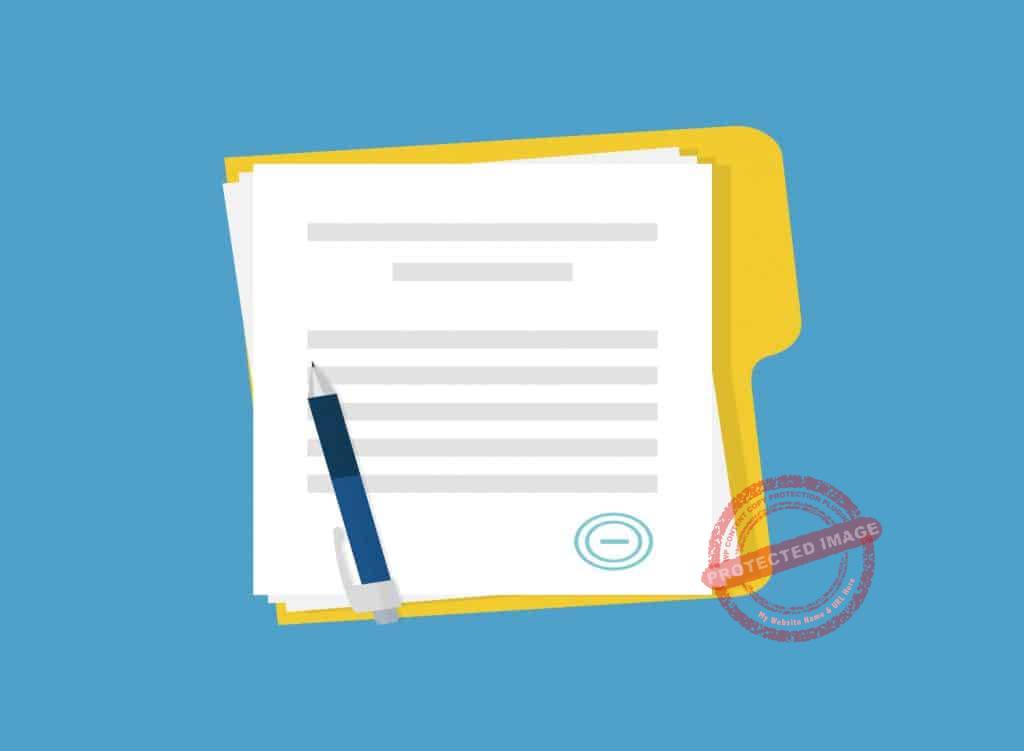
This is the document’s label.
This part may or may not be necessary, depending on your company’s preferred formats, letterheads, etc.
- Date: Date of memo distribution
- To: Primary addressee of the memo (with or without job title)
- CC: Person who will receive a courtesy copy of the memo (with or without job title); this part is optional
- From: Memo writer (with or without job title); usually with a handwritten signature
- Subject: Brief statement of what the memo is all about
Font Style And Size
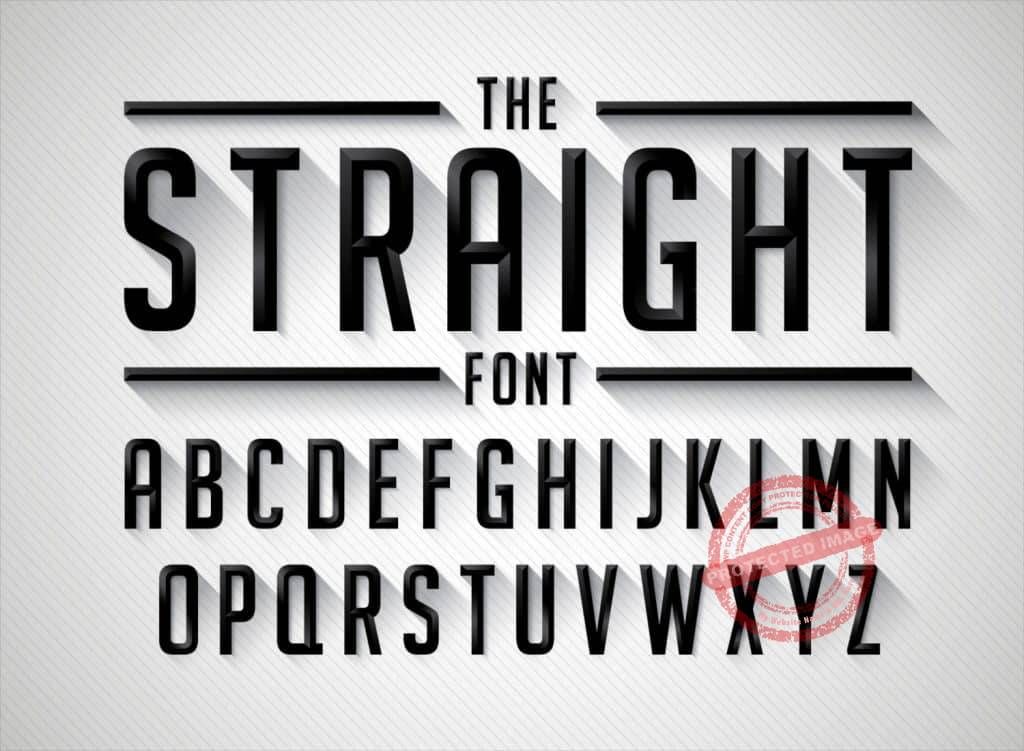
The font of your memo should be simple and easy to read like Times New Roman, Arial, or Calibri.
The font size shouldn’t be too small.
Size 11 or 12 is the standard font size.
Avoid using “fun” fonts such as Comic Sans if you want to be taken seriously.
Use standard 1-inch margins when preparing the word document.
You may also choose a pre-formatted memo template with wider margins (e.g. 1.25 inches).
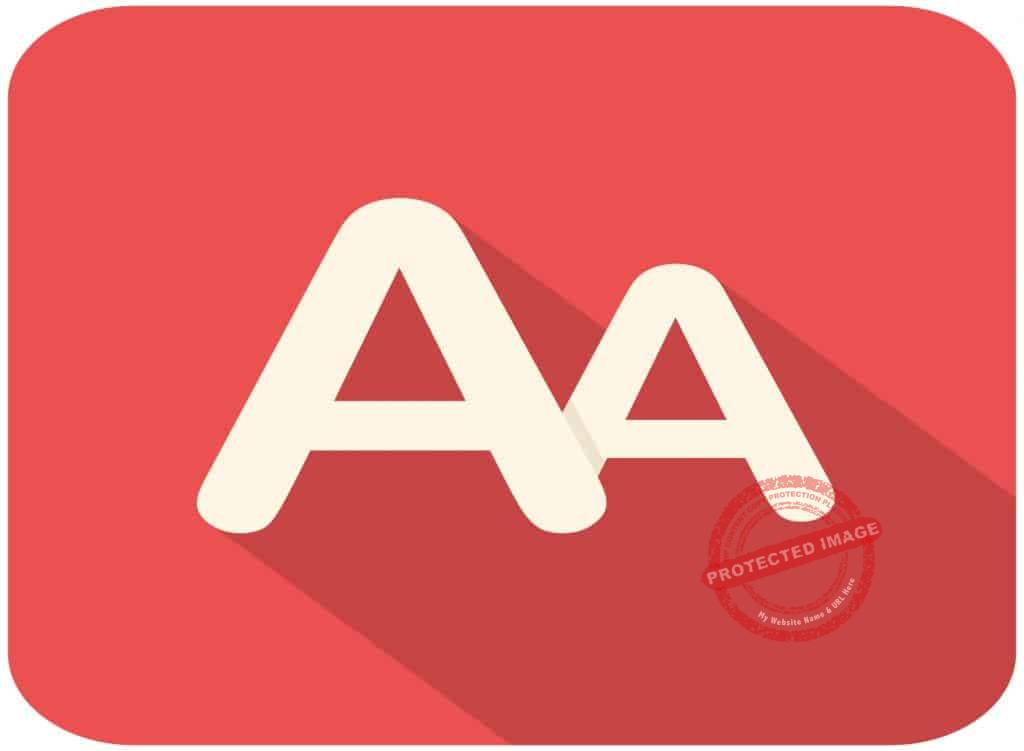
For emphasis, you may put the labels like the date, subject, etc. in bold, in capital letters, or both.
You may also choose to indent the details, as shown above.
Depending on the type of memo, double spacing between the header lines can be helpful to give your readers a clearer view of the memo’s topic.
As for spacing, business memos are generally single-spaced to reduce the number of pages.
However, spaces should be left between sections and individual paragraphs.
Also, paragraph indentations are usually not necessary.
Preparing To Write: Key Points When Writing A Memo
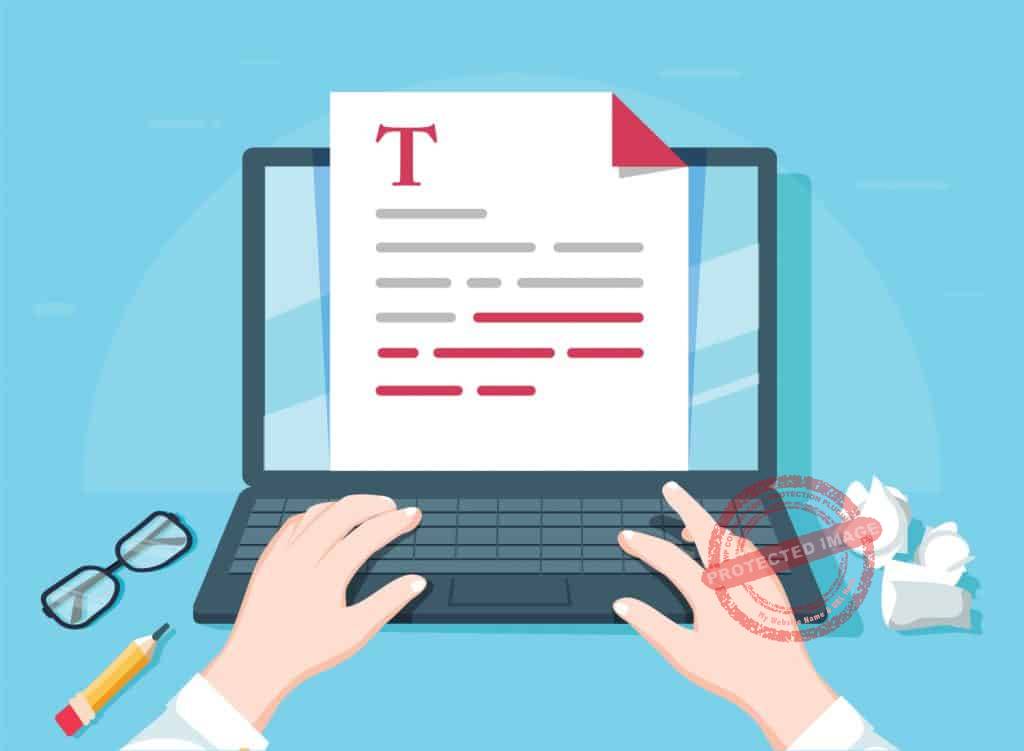
Before writing a business memo, it is highly recommended to first of all plan out how you are going to write it.
Although computers and tablets are accessible in today’s workplaces, it may be a better idea to use a pen and paper for brainstorming the matters that you plan to discuss.
1. Determine The Memo’s Purpose

The content and structure of your memo may differ depending on its particular purpose.
In any case, it should answer the questions:
- What is your reason for writing?
- What kind of action are you expecting from the recipient after he or she reads your memo?
The subject and the opening line should give this away right off the bat.
The most common reasons for writing memos are:
- Firstly, to propose an idea or a resolution to an issue.
- To issue an order in your workplace.
- Lastly, it’s to send an update or a report to your business partners for example.

Now, it may be normal to want to discuss a variety of topics with your colleagues, employees, and/or superiors.
Nonetheless, business memos should concentrate on just one key subject.
This will ensure that your readers will not miss any important points and get the message clearly.
2. Identify Your Audience

Do you need to send this memo to all the members of a particular department or just your superiors?
The style and content of your business memo usually depend on your intended audience.
Therefore, carefully consider how you will write it based on who will receive it.
For instance, a memo about planning a surprise party for an employee’s 20th year in the office will be different compared to reporting a progress report of your investigation or project.
3. Structure It In A Way That Caters To Busy Readers

Business memos are meant to be written in a way that lets busy readers learn the key information quickly and easily.
Ask yourself:
What kinds of information will they be looking for in your memo?
Here are the types of readers that you should keep in mind:
- Readers who only read the executive summary
- Those who scan through the entire memo to look for the main points and perhaps, a few details that they might deem important
- Readers who go through the whole document to examine the details of reports and/or recommendations
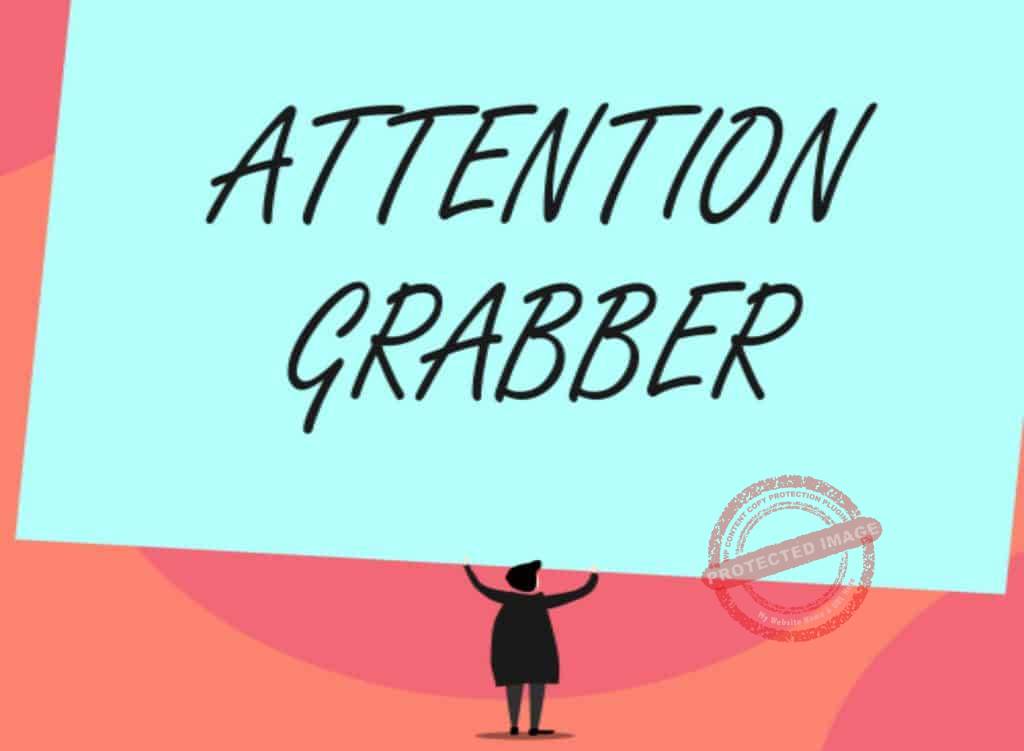
As with writers, readers will also have different purposes for reading memos.
Some may need to make decisions based on it.
On the other hand, others may want to obtain particular information that supports the establishment of new policies.
In any case, these pointers should help you determine how you could arrange your memo’s contents.
4. List Down Your Memo’s Key Points
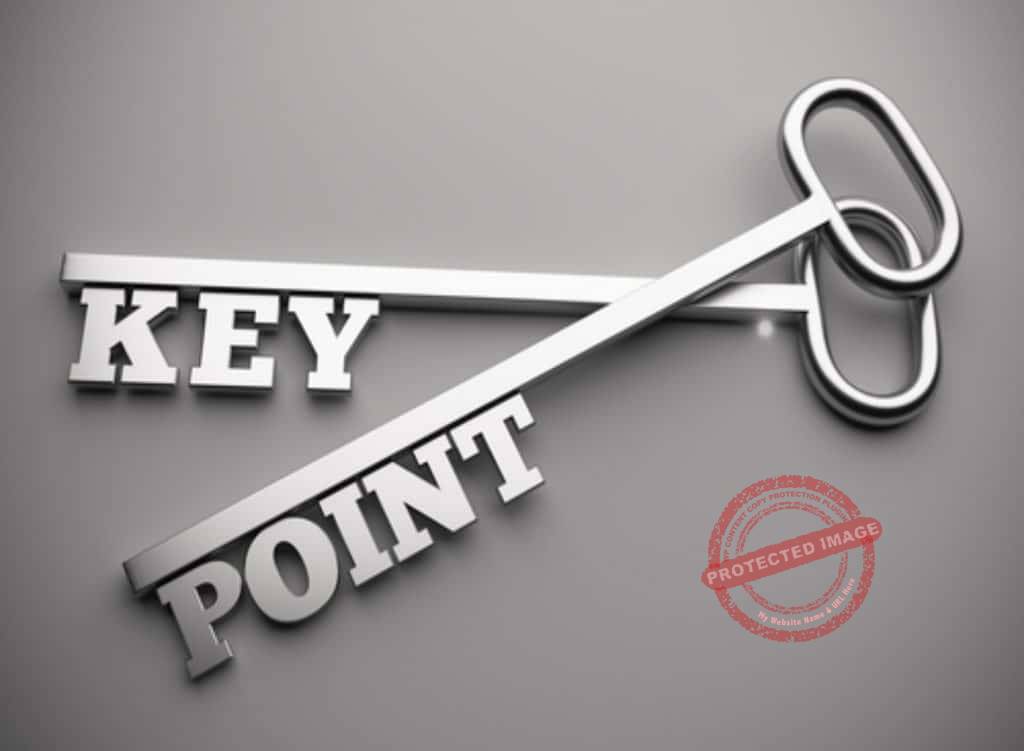
Once you have considered the aforementioned elements, you are ready to begin writing a draft.
To help you make your point much clearer, jot down in a list or in bullet form all the things that you think should be included in your memo.
5. Make It Easy To Read

This is very much related to the third point on this list.
While point No.3 tells you how you can make your memo easy to read by considering the type of reader your recipient will be, this tip is focused more on your memo’s aesthetics.
For example, you should avoid writing memos with long text blocks if you want to hold your readers’ attention.
This can be done by writing shorter paragraphs or providing lists.
It’s better if each paragraph is limited to one idea only.
If your idea becomes too long for one paragraph, you may choose to divide it into two paragraphs and make your points more detailed.
6. Use The Appropriate Names And Their Corresponding Titles For Your Recipients

Even if you are on friendly terms with the people you’re writing to, consider maintaining a formal tone in your written correspondences.
Address them using their full names plus their business titles if need be.
If you are writing a memo to someone who isn’t from your workplace, make sure that you address them properly.
Research their profiles carefully to avoid any mistakes.
No one wants to be addressed with a wrong name or title, especially if they are holding a high position.
7. Avoid Using Casual Or Emotional Language

Your language must be as simple as possible while maintaining a professional tone.
Again, even if you are on friendly terms with your superiors, employees, or colleagues, avoid using conversational languages.
Avoid languages such as “Hey everyone! Let’s talk about an important issue at work.”
Also, keep colloquial and slang words out of it.
It is also important to keep a detached tone instead of using an emotionally-charged tone.

Although flowery and poetic language has their appeal, business correspondences are best expressed in a neutral and polite tone.
This applies to whether you are delivering good or bad news.
Stick to the facts of the matter at hand and be as direct as possible.
Even if you are not communicating in person, first impressions actually matter here.
Business memos do not only reflect your technical skills but your communicational and organizational skills as well.
Establishing Your Memo’s Tone

As with intended purposes and types of readers, tones will also vary depending on the memo’s subject matter.
For example, if the memo is about a holiday party, it should hold a festive tone instead of having the usual formal tone.
Your memo will have to on take a more professional tone if you are planning to ask for a deadline extension from your supervisor.
Likewise, a different tone is required if you’re reprimanding an employee for misbehaving.
The active, first-person voice is preferred for business memos.
This can help you get others to take action instead of using the passive voice.
Write to them as if the conversation is taking place face to face.
Writing Proper: Composing Your Memo

Now that you know the general look of a business memo, it’s time to compose the memo that you have to send out.
The writing strategies below will help you write a business memo that will help your readers easily understand what you are trying to say.
1. Memo Labels And Headers

The standard practice for writing a business memo is to label it clearly as such.
The word “Memorandum” is usually written at the top of the page.
The text alignment can either be left-justified or centered.
As described in the first part, the header should contain four key components:
- Date:
- To:
- From:
- Subject:

Putting cc (courtesy copy) after “To” and “From” is optional.
Make sure that you carefully consider how you’ll write the subject line.
It should be short but it shouldn’t be too vague like “Progress Report”.
Make it specific so that the recipient will immediately know what you are talking about.
2. Introduction Or Opening

Opening salutations such as “Dear Colleagues” is not necessary for business memos.
Just dive into the topic right away.
You may do away with self-introductions or detailed overviews of the issue at hand.
In fact, the opening paragraph should be a summary of why this memo is being sent out.
This part is typically composed of just a few sentences.

For example, if the memo is written as a response to a specific issue, state that issue clearly.
(e.g. “It has come to our attention that some employees have been using office equipment for personal purposes.”).
On the other hand, if the memo serves as an update, state the necessary facts briefly.
(e.g. “This is an update regarding Project A.”).
3. Body
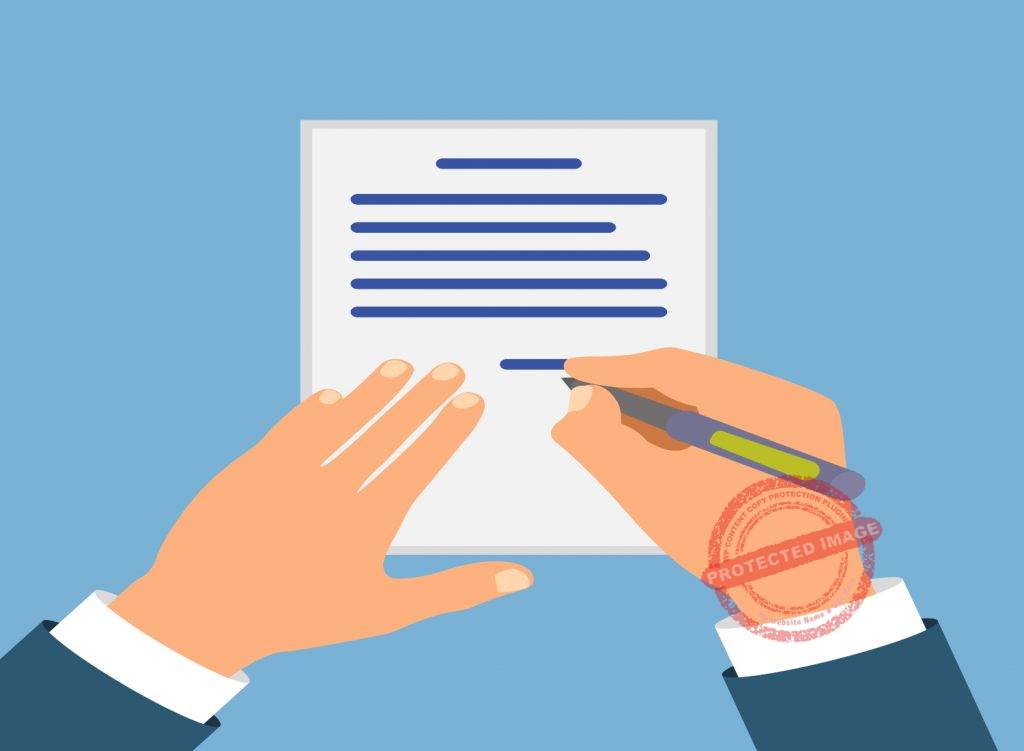
Use this part to expand on what you have written in the opening paragraph.
Discuss any further details that the reader might have to know about.
Write down the most important information first before going to the more general ones.
Emphasize the issues at hand or the action steps that must be taken.
The key here is to be as specific as you can be.
However, depending on the topic, the body can be further divided into shorter sections labeled with subheadings.
This format could be good for memos that are:
- Attempting to look into potential solutions for complex organizational problems
- Covering a number of topics from a recent company meeting
- Discussing more than three issues
4. Conclusion And Summary

The concluding paragraph is approximately one to two sentences long.
However, this could be a bit longer, depending on the topic.
It should contain your recommendations, the expected action steps from the reader.
Otherwise, if no specific action is needed, you must end it on a hopeful or positive note.
Although this part is often very brief, it shouldn’t be vague to the point that the reader isn’t sure what he or she must do.
It may also be a good idea to let the reader know of the positive effects that will happen if he or she decides to take action.
If it is a printed memo, you may choose to write your signature or initials above or next to your name, though it isn’t really required.
Remember, when it comes to business memos, generally “less is more”.
Be direct with your topics so you don’t go beyond one page.
You have to know what you want to get out of your recipients so no one is left guessing on their next steps.
Articulate your expectations clearly and be transparent about the reasons behind particular decisions.
5. Attachments

If the memo includes an attachment, such as lists, charts, tables, graphs, or a detailed rundown of your research findings, refer to them where it is relevant in the memo body.
This can also be in the conclusion part.
6. Proofreading
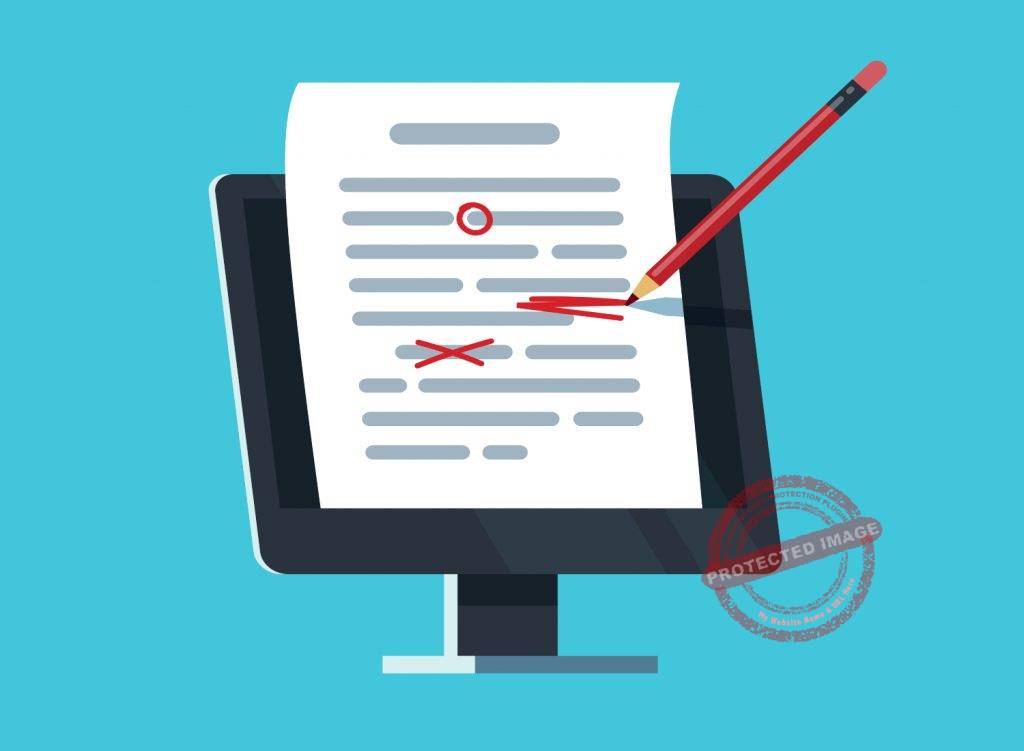
Once you’ve completed your first draft, read your memo at least twice to look for any spelling and grammar mistakes.
To help you with this, have your word processor’s spell checker turned on and copy your memo into a spelling and grammar editing tool like Grammarly.
Then, read it again and make sure that you have covered all the things that you wanted to discuss.
You may also want to double-check certain details and cut them out if they prove to be unnecessary.
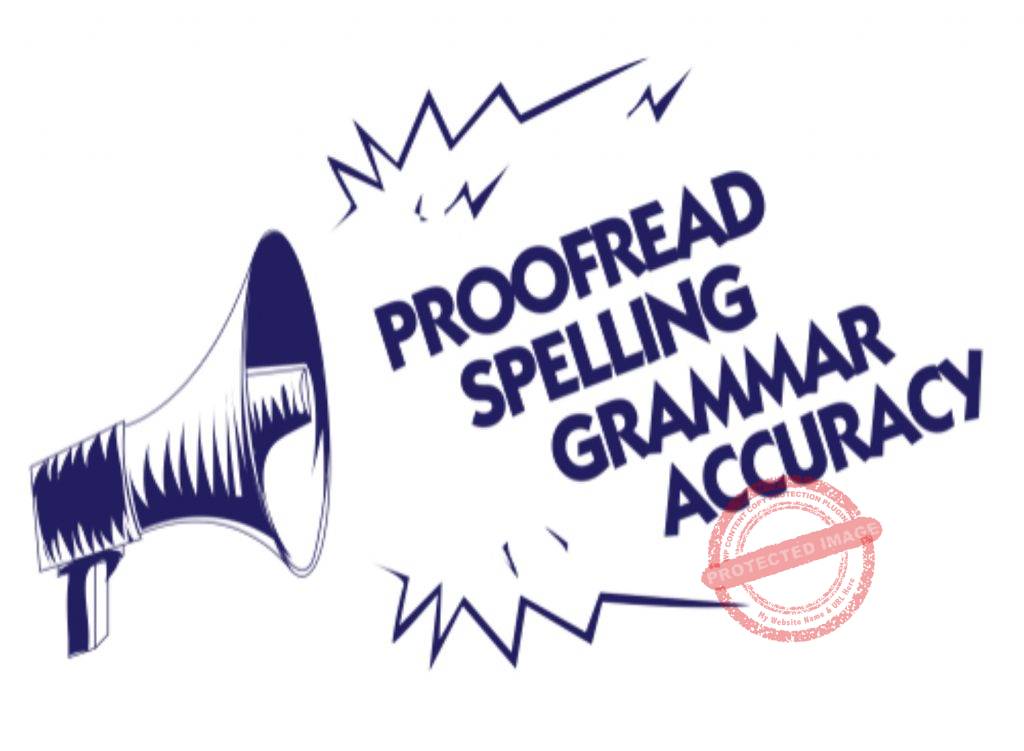
Writing a memo shouldn’t be that difficult and shouldn’t take that much time.
Keep in mind, however, that a business memo is a recorded correspondence which means that it will be documented.
Your written memos are a representation of you and your company.
Thus, keeping it error-free is necessary if you want to be seen in a positive light.
In Summary: Good vs. Bad Business Memo

Even with the rising popularity of digital business correspondences, memo-writing is still a much-needed and much-appreciated skill in the world of business.
They need to be written with the utmost care to avoid confusing readers, offending employees, or wasting other people’s time and resources.
To summarize, listed below are the characteristics that you will see in both good and bad memos.
Characteristics of Good Memos
- The header expresses what the rest of the memo is all about.
- The primary message is brief and direct to the point.
- The conclusion and summary reiterate to the reader the action step that they have to take.

Characteristics of Bad Memos
- The header is lacking.
- The overall language is either too colloquial or full of jargon.
- The text blocks are long and hard to read.
- The primary message cannot be immediately inferred.
- The conclusion doesn’t say what readers need to do exactly.
In conclusion, Knowing how to write a clear, correctly-formatted business memo is vital in maintaining effective communications within the workplace.
It will help you make better plans, solve more problems, and make the work atmosphere more transparent.
Even more, it can also boost your career in the long run.
Click on Buy Now For a PDF Version of This Blog Post
 |
